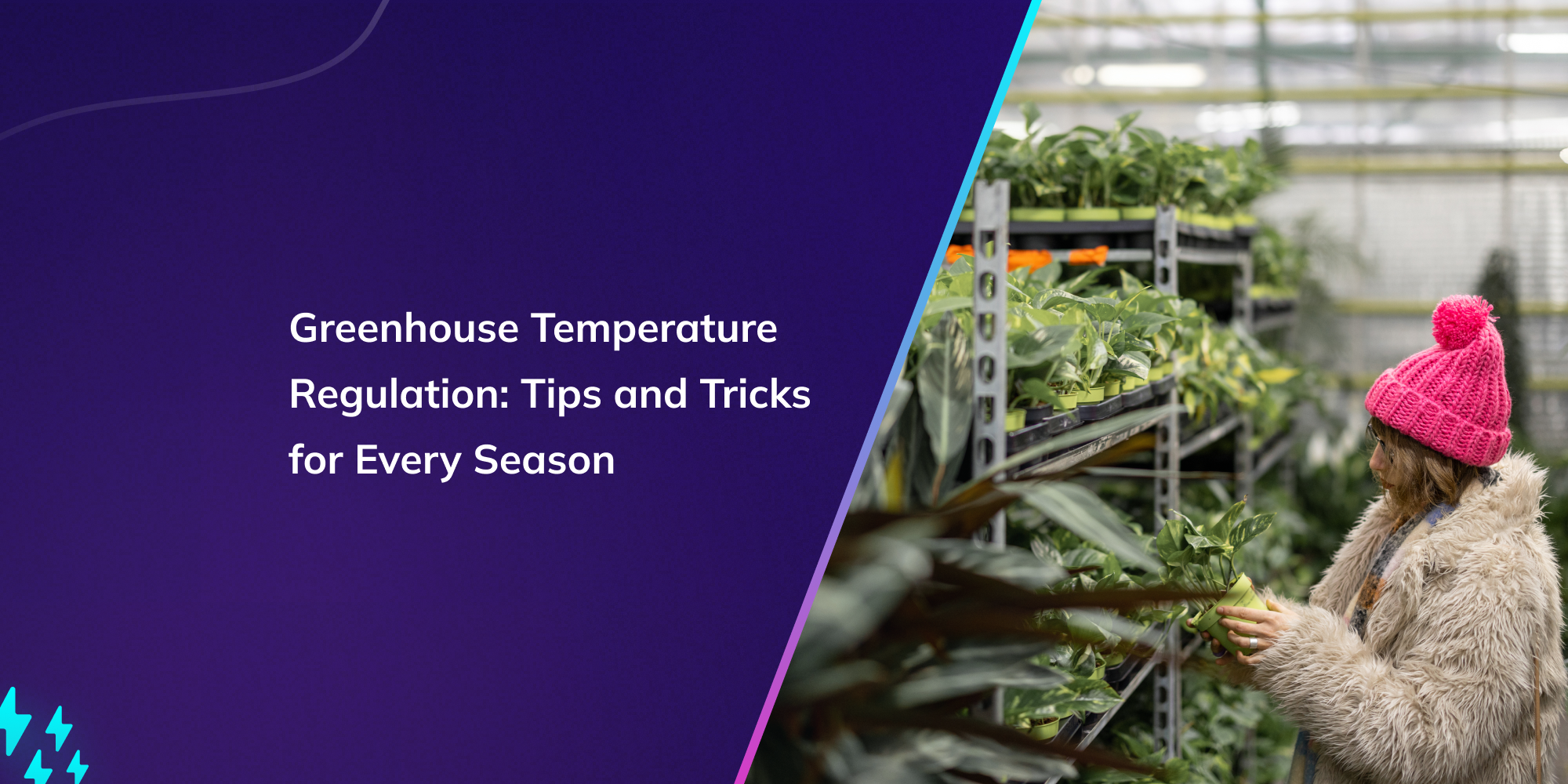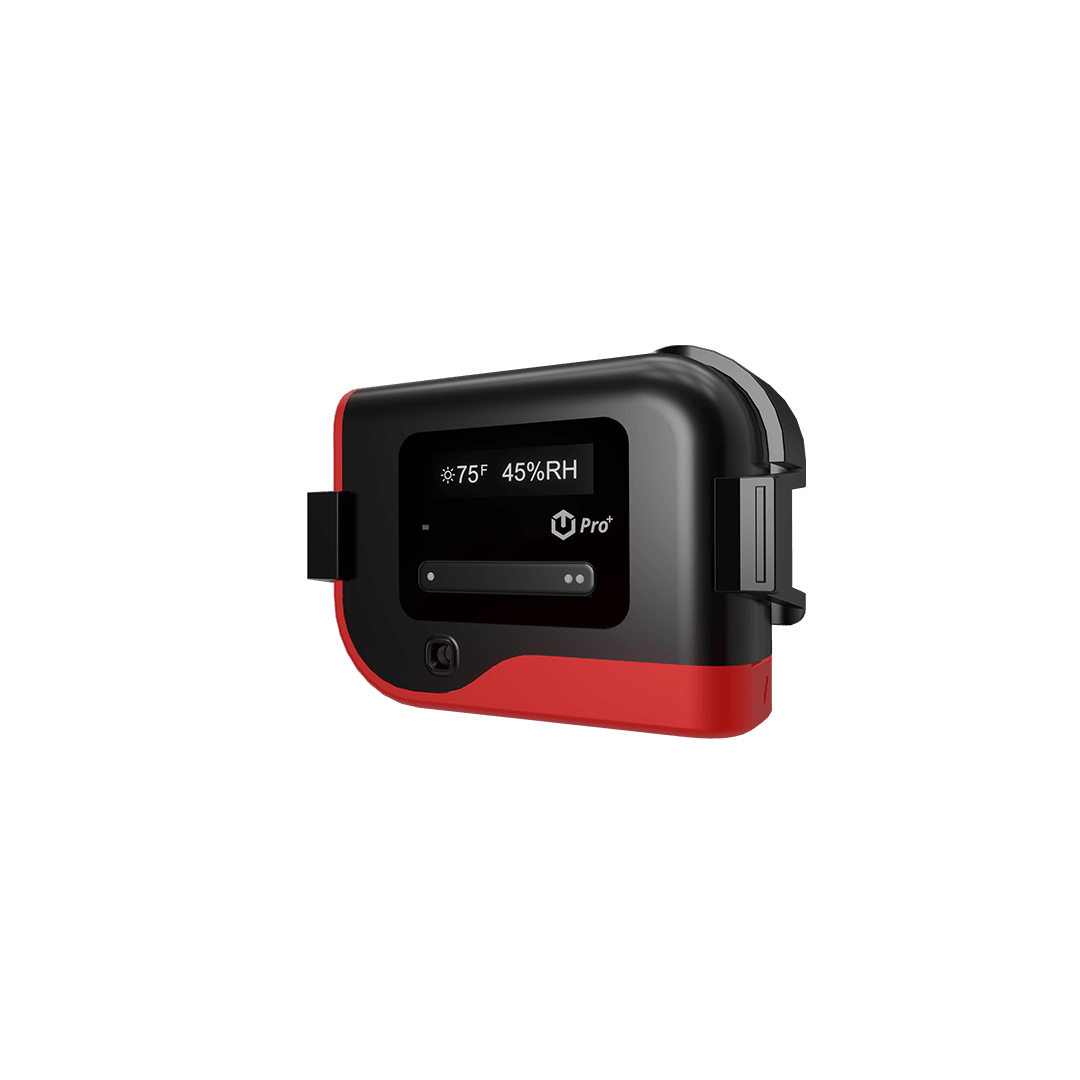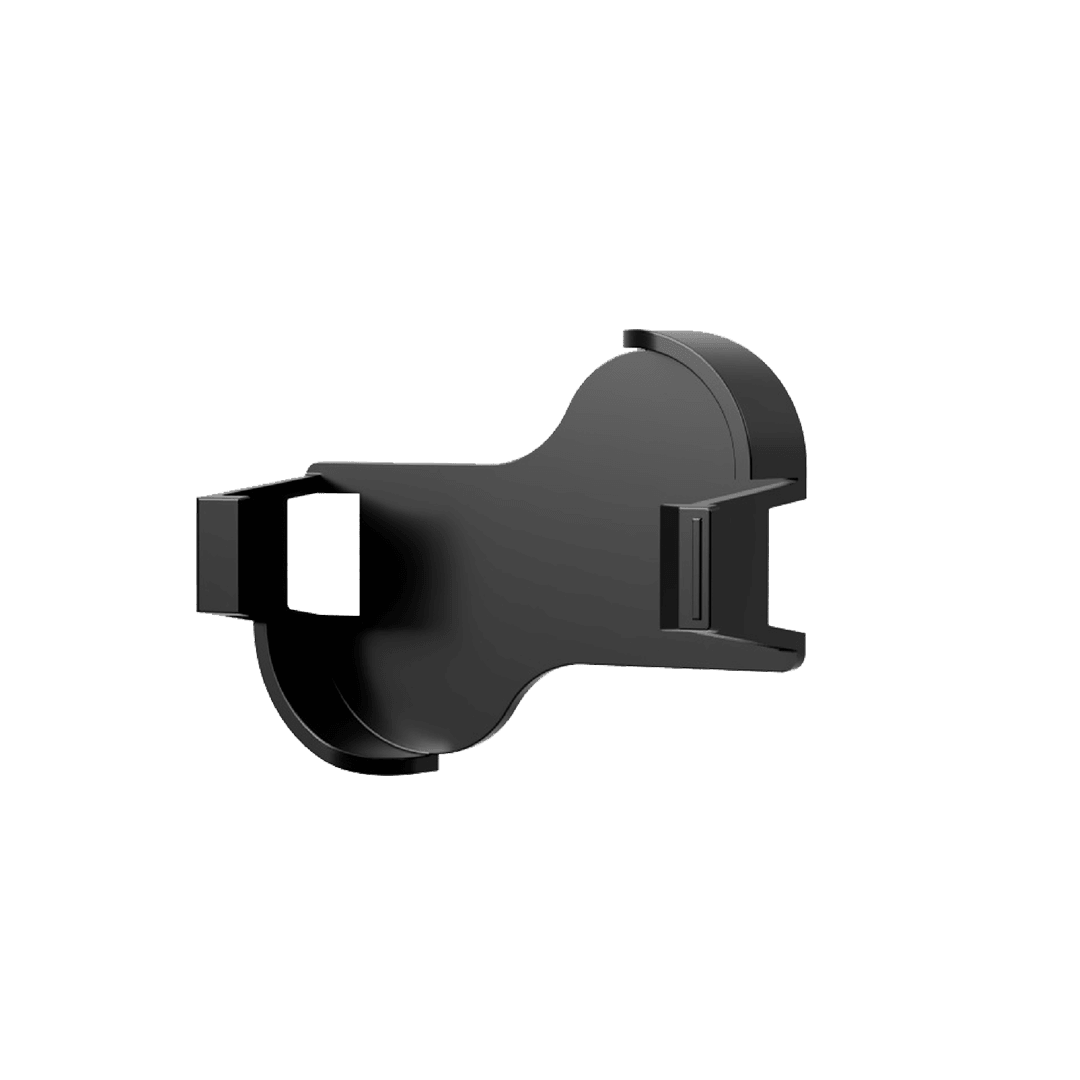Welcome, garden enthusiasts! Have you ever found yourself battling the elements, trying to maintain the perfect climate for your greenhouse? We understand the struggle and are here to arm you with the best tactics for keeping your green oasis thriving through the heat of summer, the chill of winter, and everything in between. Greenhouses are magical spaces that enable us to grow a remarkable variety of plants year-round. However, managing the temperature inside them can become quite the balancing act, especially as the seasons change. Each season brings its own set of challenges, and without the right strategy, you might find your efforts falling short of creating that perfect plant paradise. Today, we're diving deep into the art of greenhouse temperature regulation, offering tips and tricks for every season. By the end, you'll be equipped with the knowledge to ensure optimal growth conditions for your plants all year long. So, roll up your sleeves, and let's get started on our journey to mastering the climate within your greenhouse.
Understanding Greenhouse Temperature Regulation
Maintaining the right temperature within your greenhouse is crucial for the health and growth of your plants. But before we can dive into the seasonal tips and tricks, it's important to understand the key components of temperature regulation and why it's so vital.
Importance of maintaining optimal temperatures
Optimal temperatures are the bedrock of a thriving greenhouse. They ensure that plants can perform photosynthesis efficiently, aid in the prevention of diseases, and contribute to the overall growth and fruit production. Too hot, and plants can wilt or even die from heat stress. Too cold, and you risk stunted growth or frost damage. Balancing these temperatures isn't just beneficial—it's necessary.
Factors influencing greenhouse temperatures
Several key factors influence the temperature inside your greenhouse, including external weather conditions, insulation quality, the type of plants you're growing, and your greenhouse's ventilation and heating systems. Understanding these elements can help you regulate the temperature more effectively and make informed decisions when adjusting settings or implementing new solutions.
Tips for Regulating Greenhouse Temperature in Spring
Spring brings about fluctuating temperatures and conditions. This season requires a careful approach to ensure your greenhouse maintains a stable environment as your plants exit the dormancy phase and gear up for active growth.
Adjusting ventilation for fluctuating temperatures
- Start by closely monitoring the external and internal temperatures. Normally, opening vents during the day to allow excess heat to escape and closing them at night to retain warmth is a good practice. However, spring weather can be unpredictable, so it's important to adjust this based on daily conditions.
- Consider using automatic vent openers. These can be set to open at certain temperatures, ensuring consistent ventilation without constant manual adjustments.
Using shading techniques in early spring
- In early spring, when the sun begins to get stronger, shading can play a crucial role in temperature regulation. Use shade cloth or screens, which can be easily rolled out or installed over your greenhouse to protect plants from excessive direct sunlight.
- Opt for shade cloths that allow for varying levels of light penetration depending on your plants' needs. A dense cloth might be necessary during peak sunlight hours or on particularly sunny days, while a lighter shade could be beneficial on cloudier days.
Regulating greenhouse temperatures is an ongoing task that changes with the seasons. In spring, the key is to remain vigilant and responsive to the unpredictable weather, adjusting ventilation and shading as necessary. Understanding the importance of temperature regulation and the factors that influence it is your first step towards a flourishing greenhouse. As the seasons progress, continue to adapt your strategies, always with the health and productivity of your plants in mind. With these tips, your greenhouse is set to provide the perfect environment for growth in the springtime and beyond.
Tricks for Maintaining Greenhouse Temperature in Summer
In the summertime, greenhouse gardening can quickly escalate from a productive hobby to a challenge in climate control. Excessive temperatures can not only stress plants but can also lead to a poor harvest or even plant death. However, there are effective tricks to keep your greenhouse cool and your plants thriving.
Installing fans and evaporative cooling systems
One of the most efficient ways to combat summer heat in your greenhouse is through the use of fans and evaporative cooling systems. Fans help circulate air, preventing hot spots from forming and ensuring that temperature remains uniform throughout the space. Meanwhile, evaporative cooling systems work by passing air over water-saturated pads, cooling it through evaporation before it circulates in the greenhouse. This method is particularly efficient in dry climates, reducing temperatures significantly without relying heavily on electricity.
Managing excessive heat during heatwaves
During heatwaves, temperatures can soar to extremes that even well-equipped greenhouses struggle to manage. Here are a few steps to help protect your plants:
- Shade cloths: Installing shade cloths over your greenhouse can block out a significant portion of the solar radiation, reducing temperature inside. Opt for cloths that block 30-50% of sunlight for the best balance between cooling and ensuring your plants still receive enough light for photosynthesis.
- Watering regime: Adjust your watering to either early morning or late afternoon. This helps prevent water loss through evaporation and ensures that your plants remain hydrated during the hottest parts of the day.
- Ventilation: Ensure your greenhouse has ample ventilation. Sometimes, even the simplicity of opening doors and windows can help reduce the internal temperature significantly.
Utilizing automated systems like tempCube Pro
For those who prefer a high-tech solution, incorporating an automated climate control system like tempCube Pro can be a game-changer. These systems monitor the greenhouse environment and automatically adjust temperature and humidity by controlling fans, vents, and even watering systems. With tempCube Pro, you can set specific temperature ranges; it will do the heavy lifting, ensuring your greenhouse remains within optimal conditions for plant growth. This not only saves time but also provides peace of mind, especially for those who cannot always be on-site to monitor their greenhouse.
Strategies for Controlling Greenhouse Temperature in Fall
As summer heat wanes, the cooler and often unpredictable temperatures of fall present a new set of challenges for maintaining the ideal greenhouse environment.
Implementing heating systems for cooler nights
The drop in night-time temperatures during fall can be detrimental to many plants. Installing a heating system can help mitigate this issue. Options range from simple electric heaters to more complex systems like gas or oil heaters, which can heat larger spaces more efficiently. It's essential to choose a system that fits the size of your greenhouse and the needs of your plants, ensuring that temperatures don't fall to levels that could harm your plants or halt their growth.
Extending the growing season with additional insulation
To further protect your greenhouse from falling temperatures, additional insulation can be a great investment. This can be as simple as applying bubble wrap to the interior walls and roof of the greenhouse, which traps a layer of air acting as an insulator. Another strategy is to use thermal blankets at night, which can be rolled out over the greenhouse structure to retain heat. Not only does this method help maintain a consistent temperature, but it also reduces the energy needed for heating systems, making it a cost-effective solution for extending your growing season into the cooler months.
Adopting these strategies can significantly enhance your ability to maintain optimal temperatures in your greenhouse throughout every season, ensuring your plants are healthy, happy, and productive year-round.
Winter Greenhouse Temperature Regulation Techniques
Keeping your greenhouse warm and cozy during the colder months is crucial for the survival and thriving of your plants. Winter can be a challenging season for gardeners, but with the right techniques, you can maintain an optimal environment for your greenery. Here are some effective strategies for greenhouse temperature regulation during the winter.
Insulating greenhouse structures for cold winter temperatures
Insulating your greenhouse is like wrapping your plants in a warm blanket. Here are a few tips for effective insulation:
- Use bubble wrap on the interior of your greenhouse panes. This adds an extra layer of air insulation, reducing heat loss significantly.
- Apply weather stripping around doors and vents to eliminate drafts.
- Consider using thermal screens that can be rolled down during colder nights. These screens help retain heat without consuming energy.
Insulating your greenhouse not only keeps your plants warm but also can significantly reduce your heating costs during the chilly season.
Installing heating systems to protect plants from frost
For those extra cold spells, installing a heating system in your greenhouse can be a game-changer. Here are some options:
- Electric heaters are a popular choice for their ease of use and efficiency. They're ideal for smaller spaces and can be controlled with a thermostat.
- Gas heaters, while requiring proper ventilation to prevent carbon monoxide buildup, can heat larger greenhouses effectively.
- Consider innovative solutions like geothermal heating or solar panels for a more sustainable approach.
- Always monitor your greenhouse temperature with a reliable thermometer or a high-tech gadget like the TempCube Pro to ensure your heating system maintains the desired temperature without overheating your plants.
With these winter greenhouse temperature regulation techniques, you can create a warm haven for your plants, ensuring their growth and vitality regardless of the chilly weather outside.
Final thoughts:
Managing greenhouse temperatures doesn't have to leave you hot under the collar or cold with frustration. By applying some simple, yet effective techniques and harnessing the power of technology like the tempCube Pro, you can maintain the perfect environment for your plants year-round. Remember, the key to successful temperature regulation is understanding the specific needs of your plants and being mindful of seasonal changes. So, roll up your sleeves, employ these strategies, and watch your garden thrive in any weather. Gardening is not just about growing plants—it's about growing with them. Embrace the changing seasons as an opportunity to learn, adapt, and flourish alongside your greenhouse garden.







